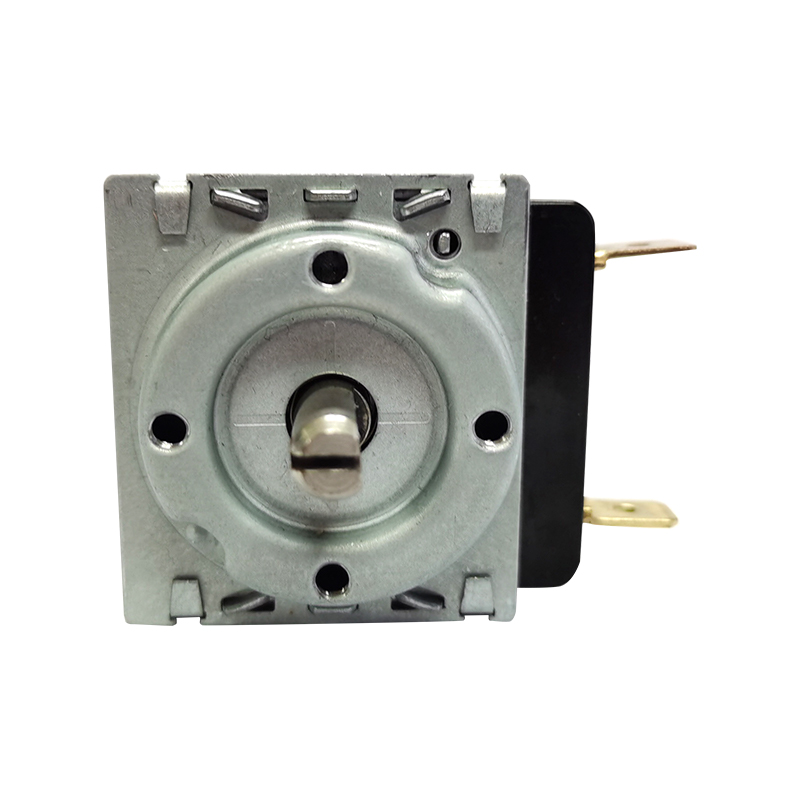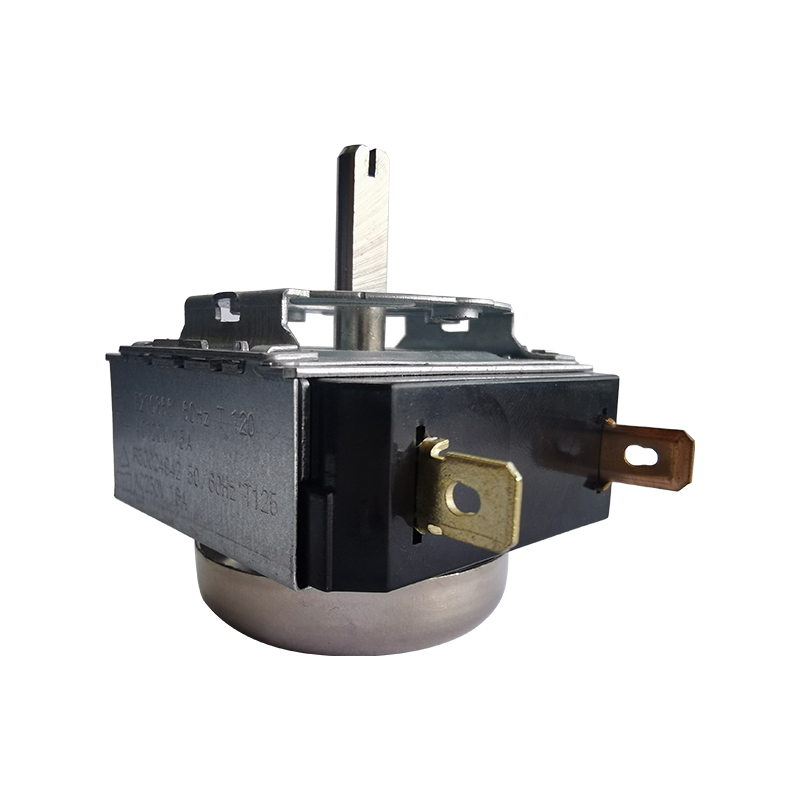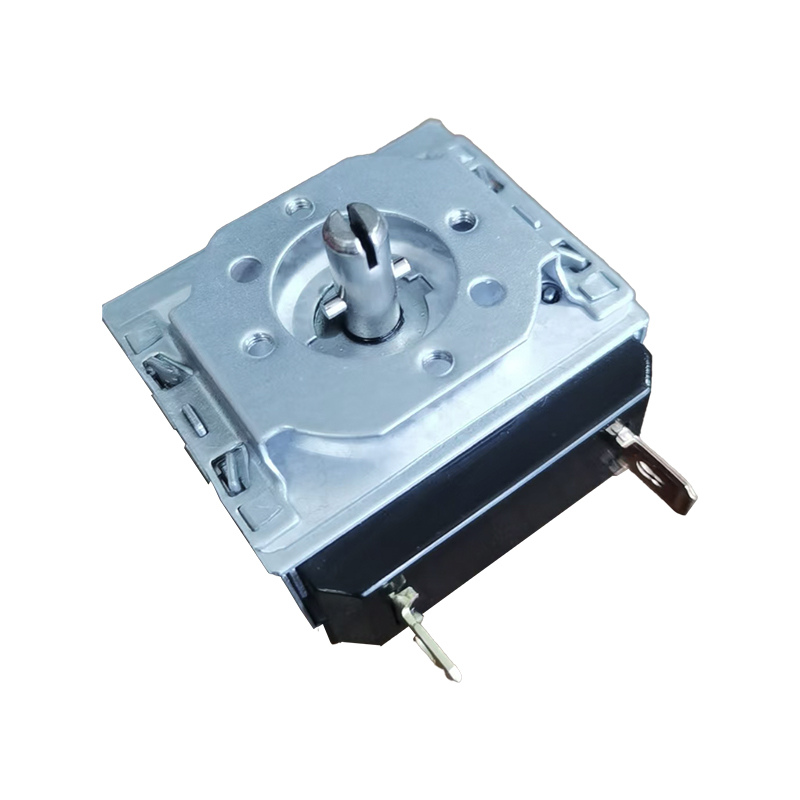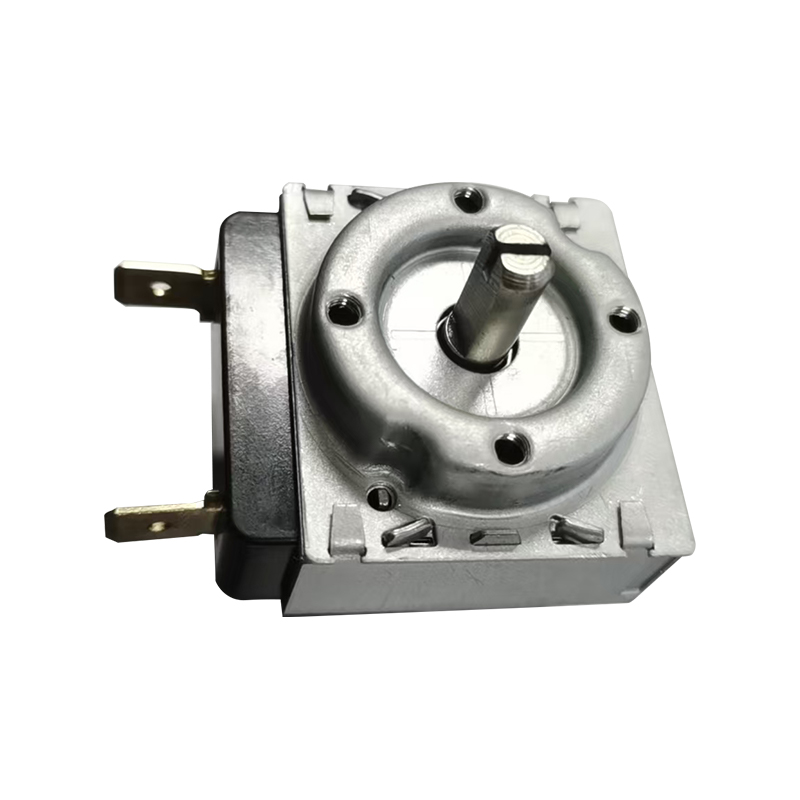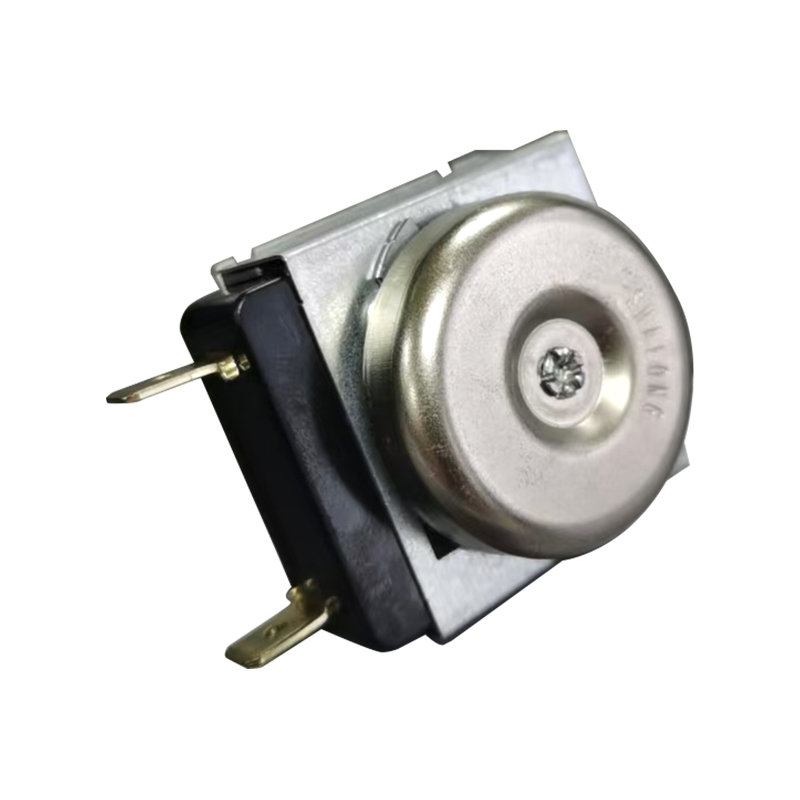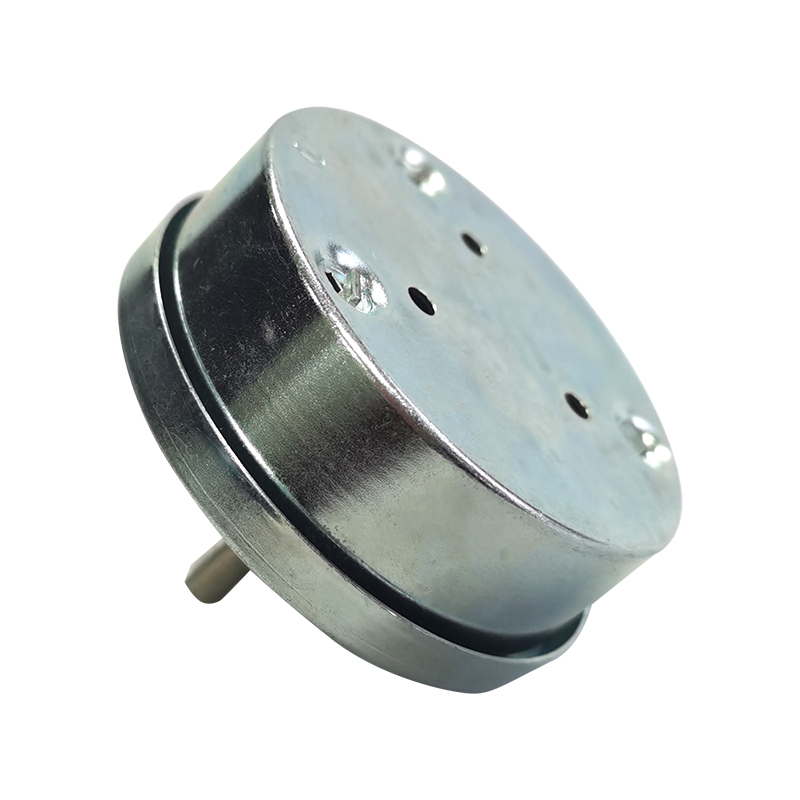In industrial automation and everyday appliance control, mechanical timers are widely popular due to their simple structure, reliable performance, and strong anti-interference capabilities. However, any precision device may malfunction after a period of use.
1. Timing Failure or Inaccuracy
This is the most common mechanical timer failure, directly affecting the execution of timing control tasks.
1. No Timing or Stuck ("Time Standstill")
Symptom Description: After setting the time, the counter or hands do not move at all, or become stuck at a certain point in time.
Possible Causes and Related Terms: This is usually related to damage to the mechanical structure within the mechanical timer. This could be caused by loose springs, foreign objects getting stuck in the gear train (especially the delicate escapement), or severe wear. For industrial-grade mechanical timers, check for excessive external vibration or impact that could cause component misalignment.
2. Excessive Timing Deviation ("Running Fast or Running Slow")
Symptom Description: The actual timed time of the mechanical timer deviates significantly and erratically from the set time, affecting timing accuracy.
Possible Causes and Related Terms: This is primarily due to the balance spring or balance system in the mechanical structure being affected by the environment (such as temperature and humidity) or by aging. Furthermore, low-quality or aged industrial timers may experience changes in internal resistance, leading to decreased timing accuracy.

II. Abnormal Output Control (Contact Failure)
The ultimate purpose of a mechanical timer is to control external devices through contact switching. Contact failure is another common problem.
3. No Operation After Time Expiration (Contacts Not Engaging/Switching)
Symptom Description: The timer has expired, but the output contacts of the mechanical timer do not switch as expected (for example, the normally open contact does not close, or the normally closed contact does not open).
Possible Causes and Related Terms: This may be due to contact damage, a common problem encountered during timer repair. Contacts can oxidize, burn, or even weld when switching high currents for extended periods, leading to physical connection failure. Additionally, check for loose wiring in the control circuit.
4. Welded or Stuck Contacts (Unable to Open)
Phenomenon: After the timing cycle ends, the output contacts of the mechanical timer remain closed, preventing the load from disconnecting.
Possible Causes and Related Terms: This is a typical case of contact damage, typically occurring when the load current exceeds the rated capacity of the mechanical timer. The arc generated when the contacts disconnect high current can melt and stick the contact metal together, causing timing control failure and continued power supply to the load.
III. Appearance and Operational Abnormalities
5. Loose/Damaged Knob or Dial
Phenomenon: The time setting knob or dial feels loose and difficult to position accurately, or makes an unusual noise when turned.
Possible Causes and Related Terms: Long-term high-frequency operation or external impact can cause the bearing connecting the knob to the internal mechanism to loosen or break, affecting the accuracy of the time setting.
6. Abnormal Noise
Phenomenon: The mechanical timer emits a clicking, grinding, or whistling sound during operation that is louder than normal operation.
Possible Causes and Related Terms: Abnormal noise often indicates wear or misalignment of internal mechanical components. Immediate inspection and timer repair are recommended to prevent minor faults from escalating into extensive damage to the internal mechanism.
Understanding these common mechanical timer failure symptoms
Understanding these common mechanical timer failure symptoms will help users and technicians identify the problem immediately. Whether it's a decrease in timing accuracy, damaged contacts, or mechanical seizure, immediate action should be taken. Selecting high-quality mechanical timers that meet industrial standards and performing regular maintenance are key to ensuring stable operation of the timing control system.



 English
English 中文简体
中文简体


